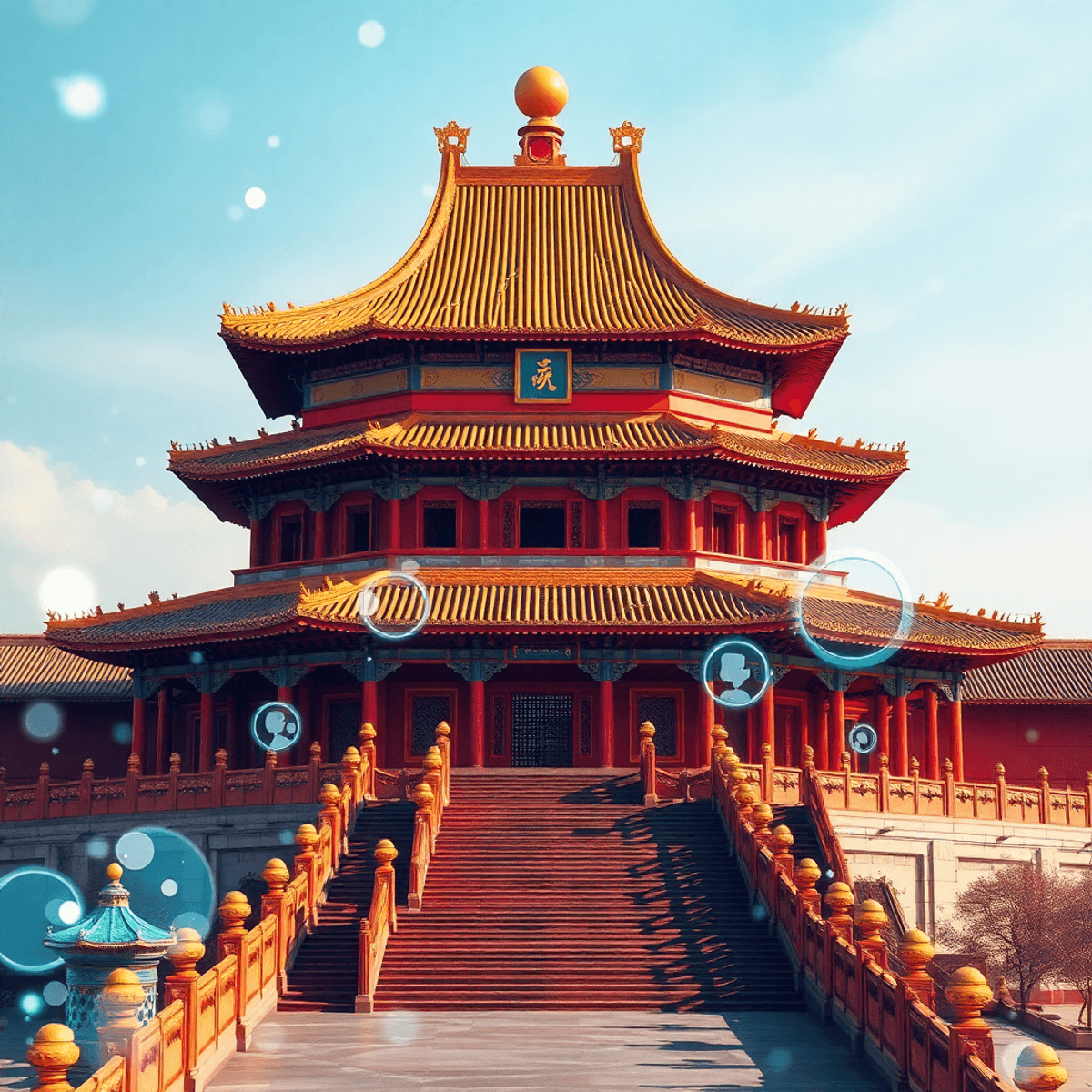
The Forbidden City, a UNESCO World Heritage site, is a symbol of Chinese history and culture. This imperial palace was the political center for over 500 years, home to emperors and their families. Its architecture and extensive collections showcase the greatness of ancient Chinese civilization.
At the Palace Museum in Beijing, an innovative digitalization project has changed how we connect with this heritage. By the end of last year, more than 900,000 cultural relics had been digitalized. Out of these, over 100,000 high-definition images are now available through VR technology. This initiative enables visitors to explore centuries-old artifacts in a virtual setting.
Key features of this project include:
Experience history like never before at the Palace Museum.
The integration of virtual reality (VR) and augmented reality (AR) in museum settings is changing the way visitors engage with exhibits. These technologies offer immersive experiences that grab attention and enhance understanding of cultural artifacts.
Here are some ways in which VR and AR enhance the experiences of museum-goers:
Here are some examples of museums that are using VR and AR in creative ways:
These digital museums go beyond simply displaying artifacts; they aim to foster an environment where culture flourishes through technology. By offering engaging experiences, these museums attract visitors and encourage them to actively participate rather than passively observe.
The Palace Museum has an incredible collection of cultural relics that showcase the richness of Chinese history and artistry. This esteemed institution preserves artifacts from different centuries, with each one telling its own unique story.
The collection includes:
Each piece reflects the craftsmanship and cultural significance of its time.
Accessing these artifacts has never been easier. With 100,000 high-definition images available digitally, global audiences can now experience this rich heritage from anywhere.
Digitalization allows individuals who may never visit Beijing to appreciate the beauty and historical context of these relics. It opens pathways for education and cultural exchange.
The availability of such a vast array of high-definition images enhances appreciation for traditional culture. It encourages exploration and discovery among diverse audiences. This digital initiative not only safeguards these artifacts but also democratizes access to cultural heritage.
The Palace Museum sets a benchmark in the integration of technology with tradition, paving the way for future innovations in cultural engagement.
Visitors at the Palace Museum in Beijing can step into a world where history comes alive. With VR experiences in cultural sites, interaction with over 100,000 high-definition images of artifacts is a game changer. This digitalization project transforms how people engage with traditional culture.
The Palace Museum’s utilization of VR technology is not just an innovation; it’s a bridge connecting centuries-old artifacts with modern audiences, inspiring curiosity and respect for history.
The Dunhuang Academy is an important institution in the digitalization of cultural heritage. It is located near the UNESCO World Heritage Site of the Mogao Grottoes and has taken the lead in using modern technology to preserve and promote ancient art and culture.
When compared to the initiatives at the Palace Museum, both institutions share a commitment to digitalizing their extensive collections. The Palace Museum has digitized 900,000 cultural relics, with 100,000 available in high-definition VR formats.
These parallel efforts highlight a broader trend in China’s cultural landscape, where technology brings new life into heritage conservation.
Digital transformation in museums comes with its share of challenges. Key obstacles include:
Despite these challenges, opportunities abound. Collaborations between tech companies and cultural institutions create pathways for innovation. Consider these potential partnerships:
Embracing these opportunities will redefine the museum landscape, pushing boundaries while preserving cultural heritage.


